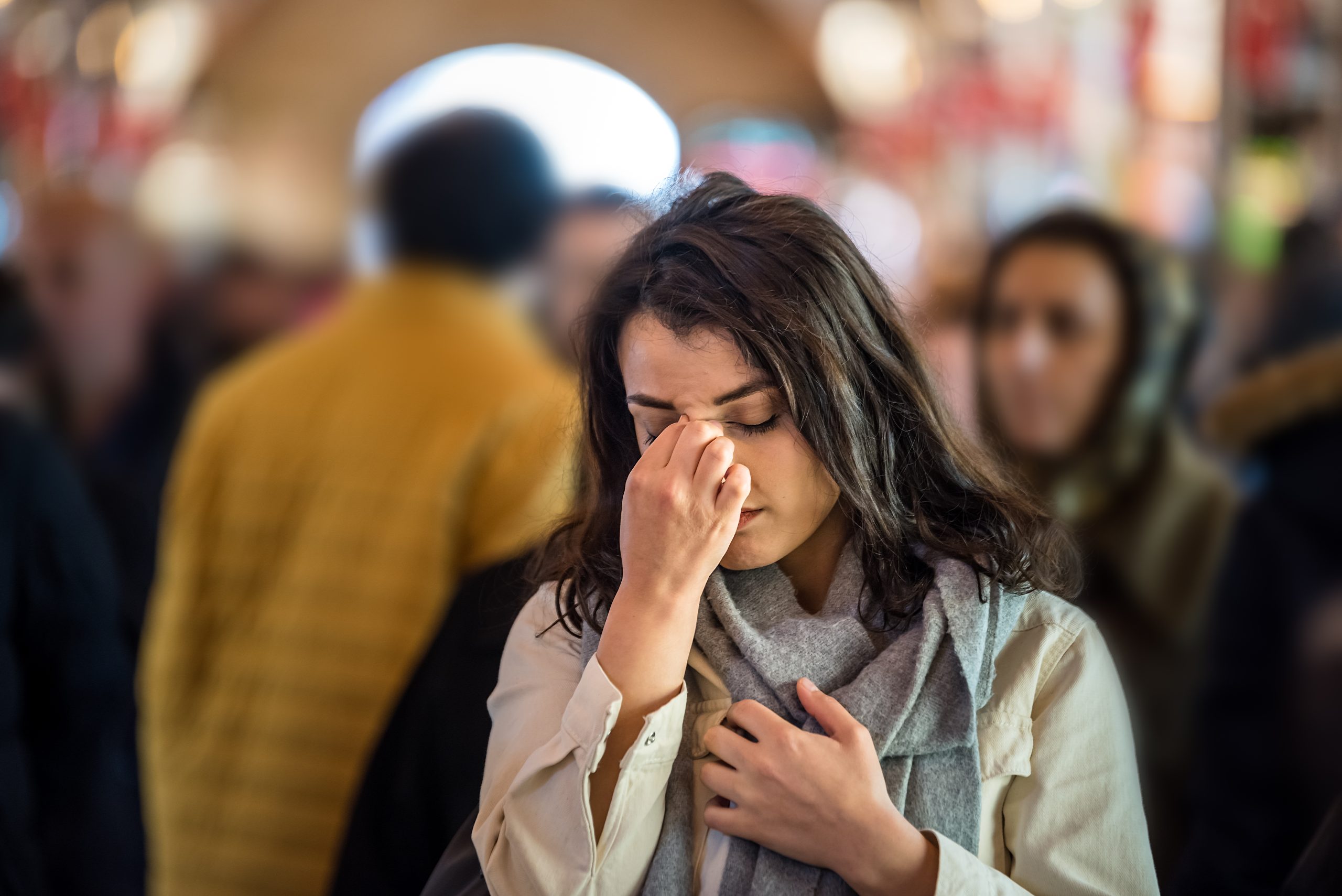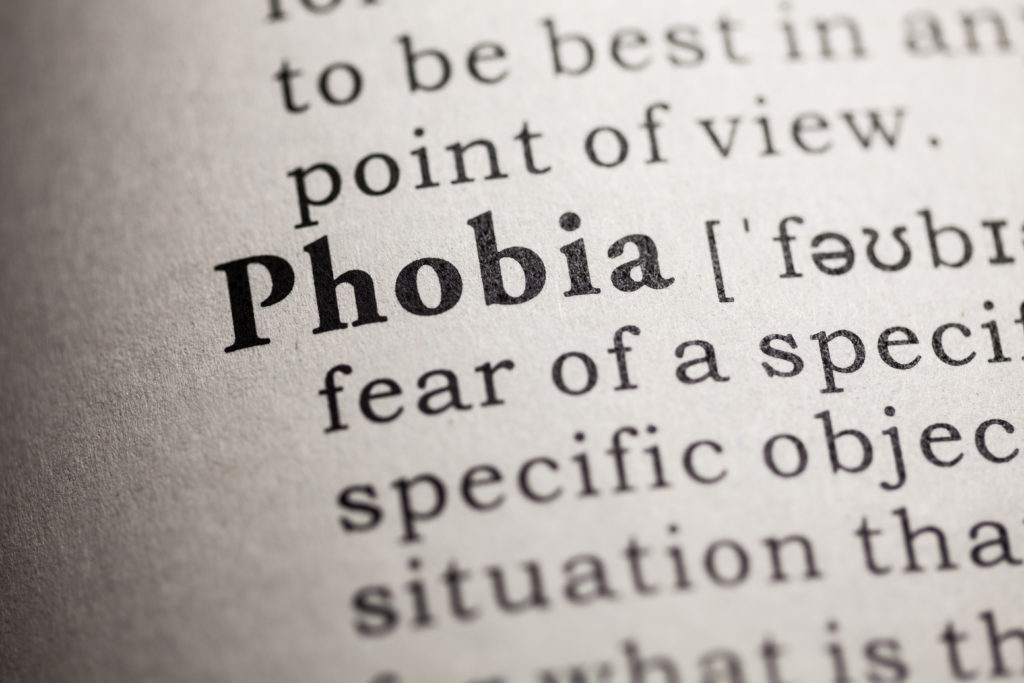
5 Strange Phobias That Actually Exist
- Arithmophobia
- Eisoptrophobia
- Globophobia
- Hippopotomonstrosesquippedaliophobia
- Trichophobia
- agoraphobia
- social phobias
- specific phobias
- Agoraphobia is a rare and extreme anxiety disorder. It’s the fear of leaving one’s home or entering a large crowd. Social phobia is also called social anxiety disorder. It’s an extreme fear of interacting with others, often to avoid embarrassment or being judged. Specific phobias are separated into four distinct categories:
- fear of animals
- fear of mutilation/medical treatment
- fear of natural environments
- fear of situations
1. Arithmophobia
Arithmophobia (also called numerophobia) is the fear of numbers. It’s much more serious than a dislike for mathematics. A type of specific phobia, arithmophobia manifests in two forms:- a fear of all numbers
- a fear of specific numbers
- accelerated heart rate
- chest pain
- dizziness
- nausea
- other feelings associated with panic
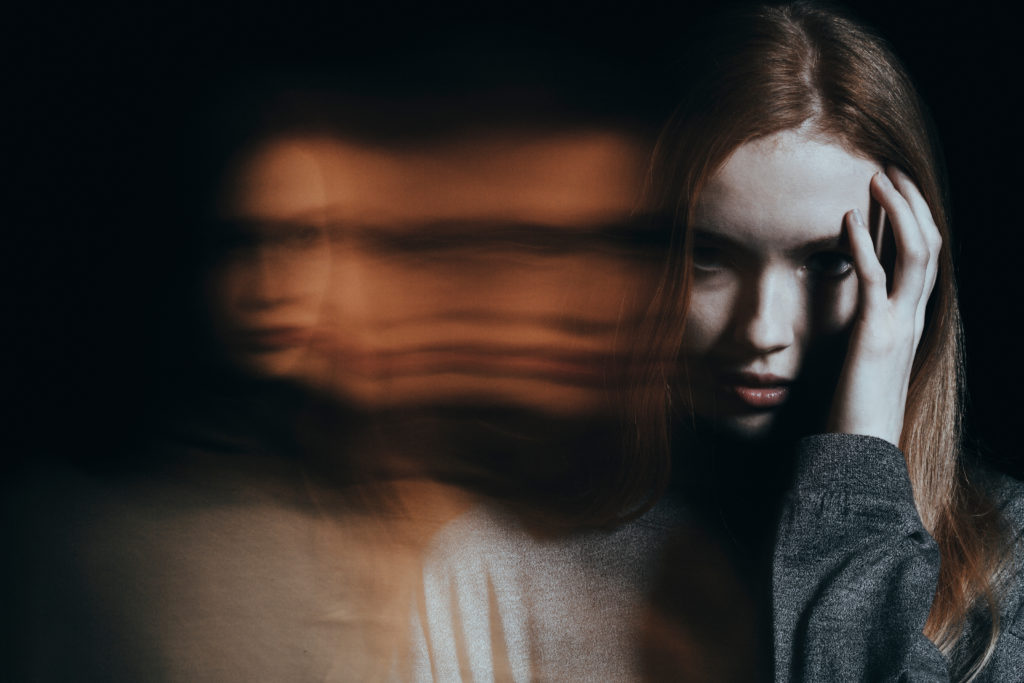
2. Eisoptrophobia
Eisoptrophobia is a persistent fear of seeing oneself in a mirror or other reflective surface. It’s a specific phobia that causes persistent anxiety in its sufferers. The phobia is primarily rooted in superstition. So those with eisoptrophobia might avoid mirrors for fear of breaking them and being cursed with bad luck (a common Western myth). It also stems from the association of mirrors with the supernatural. One might avoid peering into mirrors for fear of seeing a ghost or other evil presence instead of their own reflection. They also might fear seeing a ghost or presence standing behind them. Although people with eisoptrophobia understand that their fear is unreasonable, they will still avoid mirrors. Or they might experience anxiety while around mirrors. Guilt and shame are occasionally present in those with eisoptrophobia, as well. Low self-esteem or body dysmorphia may cause sufferers to avoid mirrors. They also might experience extreme anxiety when confronted with their own reflections. Mental illness may be the primary cause of eisoptrophobia, as low self-esteem is a common symptom of depression and other mental disorders. However, the sources of eisoptrophobia vary between each case, and not everyone experiences it similarly. Physical symptoms of eisoptrophobia include:- shortness of breath
- dizziness, nausea
- increased heart rate
- sweating, and more
- an avoidance of reflective surfaces
- the urge to flee when around mirrors
- dread at the thought of seeing one’s reflection
- embarrassment of the fear itself
3. Globophobia
Globophobia is the fear of balloons. Those suffering from globophobia may feel extreme trepidation at the thought of touching or going near a balloon. Often the fear is of the balloon popping. Globophobia typically originates from a fear of the loud noise balloons produce when bursting. In these instances, globophobia is classified as a form of phonophobia, or the fear of loud sounds. Globophobia may also originate from traumatic experiences in a sufferer’s childhood involving balloons. Oftentimes, a fear of balloons begins during childhood and the person grows out of it. However, some people maintain their globophobia well into adulthood. While the sufferer’s fears are recognizably irrational, they can trigger real anxiety. Symptoms of globophobia may include:- dizziness
- heart palpitations
- panic attacks
- perspiration, among other things
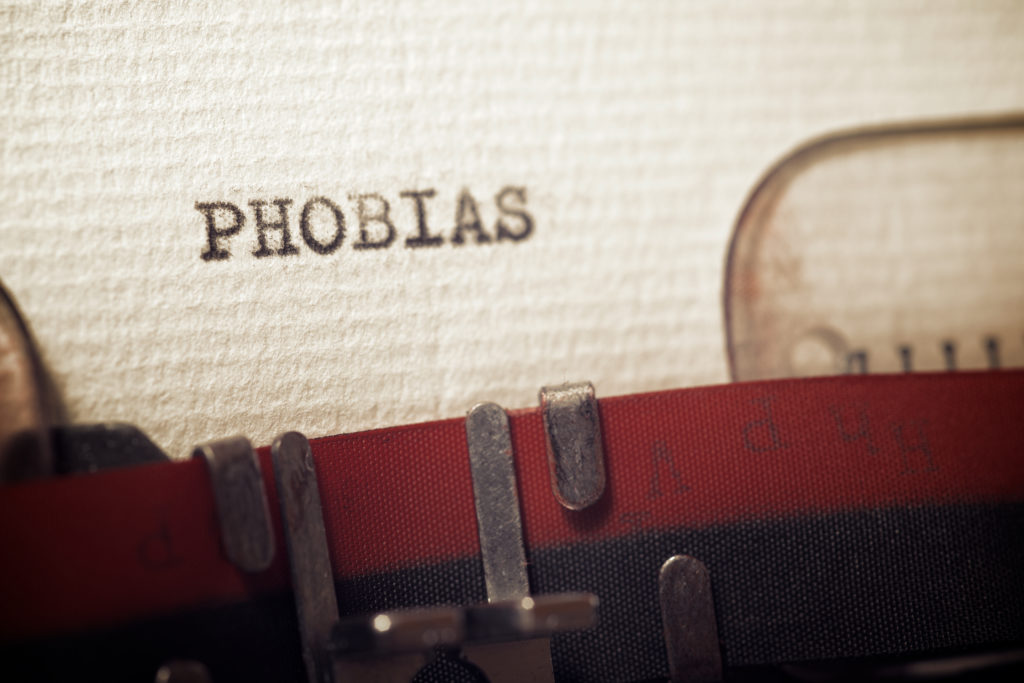
4. Hippopotomonstrosesquippedaliophobia
At thirty-six letters, hippopotomonstrosesquippedaliophobia is one of the longest words in the English language. Let’s break the word down into its four components. Many etymologists believe “hippopoto” was included in the word as a joke simply to lengthen it, or as a reference to hippopotamuses’ hugeness. It’s second component, “monstro,” can be translated to “monstrous.” The root of the term “sesquippedalio” is the Latin word sesquipedalis, translated as “a foot and a half long.” Phobia is defined as an irrational fear. Combining all components, hippopotomonstrosesquippedaliophobia is defined as the irrational fear of monstrously long words, an ironic and arguably cruel joke targeted toward its sufferers. Unlike the others included on this list of strange phobias, hippopotomonstrosesquippedaliophobia (also called sesquipedalophobia) is categorized as a social phobia. It is is not recognized by the American Psychiatric Association (APA). In a specific situation, hippopotomonstrosesquippedaliophobia can refer to extreme social anxiety when reading or mispronouncing long words in a public setting. It could also be associated with learning disorders such as dyslexia, which make reading more difficult. Thus it is more likely to induce stress. Like most other social phobias, hippopotomonstrosesquippedaliophobia can cause reclusiveness in its most avid sufferers. It often leads to extreme avoidance of and fear of certain necessary social interactions. Those with hippopotomonstrosesquippedaliophobia are encouraged to seek professional assistance in order to live socially with more comfort and ease. Hippopotomonstrosesquippedaliophobia may be caused by:- environmental factors
- genetics
- a traumatic event involving long words
- rapid heartbeat
- perspiration
- chest pain
5. Trichophobia
The term trichophobia is sometimes called chaetophobia. It comes from the Greek words trichos (hair) and phobia (fear). An individual suffering from trichophobia has an irrational fear of or aversion toward hair. More specifically, trichophobia is the fear of loose hairs, whether it is the sufferer’s own hair or others’. Occasionally, this phobia can include a general fear of hair, even it’s still attached to one’s body. However, it’s primarily associated with hair that has been detached from the head or elsewhere. It can also include animal hair. While trichophobia is not recognized by the Diagnostic and Statistical Manual of Mental Disorders (DSM-5), it is labeled as a specific phobia and has no single known origin. There are many factors that may play a role in fostering the fear of hair in an individual. In some instances, trichophobia could stem from the fear of germs or contamination. This may mean it’s a symptom of obsessive-compulsive disorder (OCD). For a person with OCD, a common trigger might be the sight of something dirty. Loose hair is often considered dirty. Hair loss is another reason one might develop trichophobia. The sight of loose hair on one’s clothing might trigger a fear of hair for those afraid of going bald. However, this is more closely related to trichopathophobia, or the fear of developing a hair disease. This includes balding or scalp-related issues. While trichopathophobia and trichophobia are considered two separate phobias, they may accompany each other in some cases. As is true for all specific phobias, psychotherapy is considered the best option for treating trichophobia. Talking one’s way out of the fear or aversion is often encouraged by mental health professionals. Depending on how persistent and/or pervasive the case is, a doctor might prescribe their trichophobic patient anti-anxiety medications. However, this typically occurs after or along with psychotherapy. Psychotherapy might include the use of:- cognitive behavioral therapy
- exposure therapy
- a mixture of both
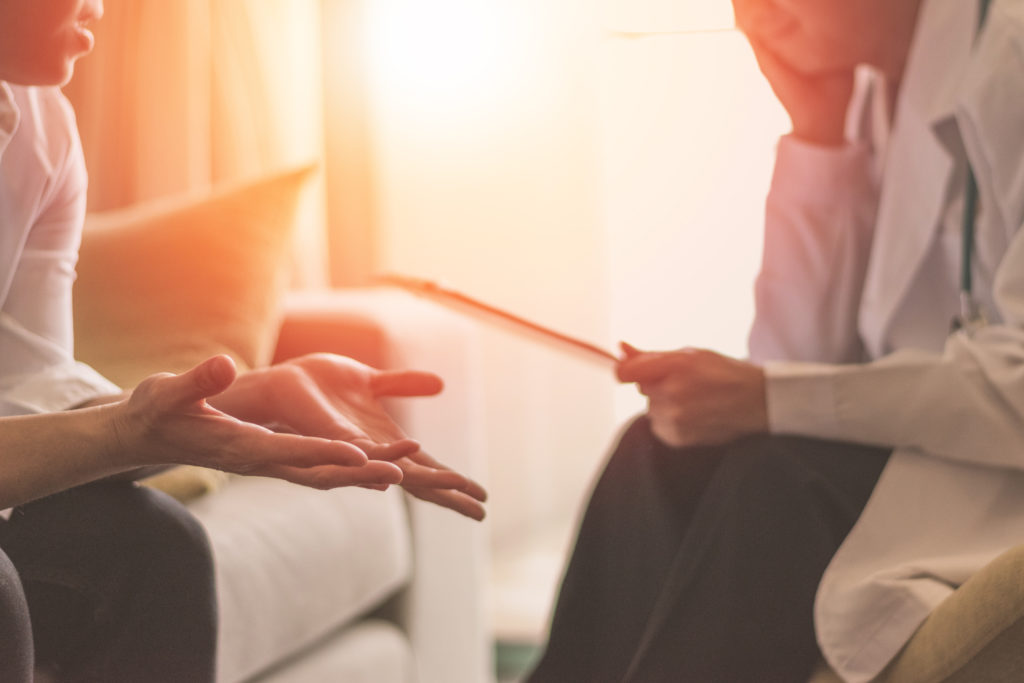
Phobias Must Not Be Ignored
The fears on this list of five strange phobias are extremely rare. They sound absurd to some. But they cause real, and sometimes debilitating struggles for their sufferers. For those suffering from phobias, professional assistance is recommended. It will help a person lead a more manageable life. Oftentimes, assistance will come in the form of proven treatments for phobias:- psychotherapy
- cognitive behavioral therapy
- exposure therapy
- trembling
- sweating
- dilated pupils
- an inability to catch one’s breath
Related Resources:
- 5 Career Options with a Bachelor’s in Psychology
- 5 Research Methods Used in Psychology
- What are the Fastest Growing Fields in Psychology?
- 30 Best Online Bachelor’s in Psychology Programs at Private Colleges
- 30 Best Bachelor’s in Sociology Online Degrees
